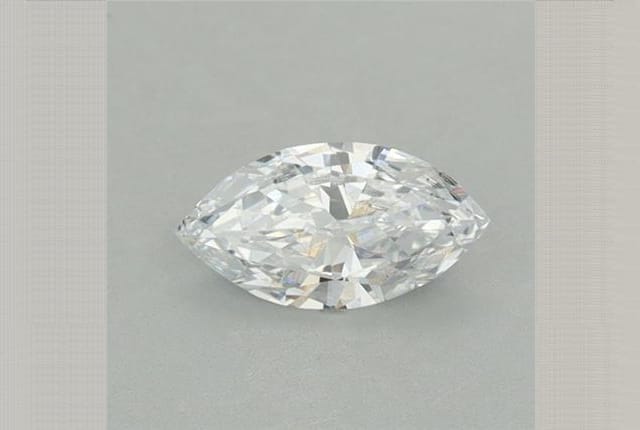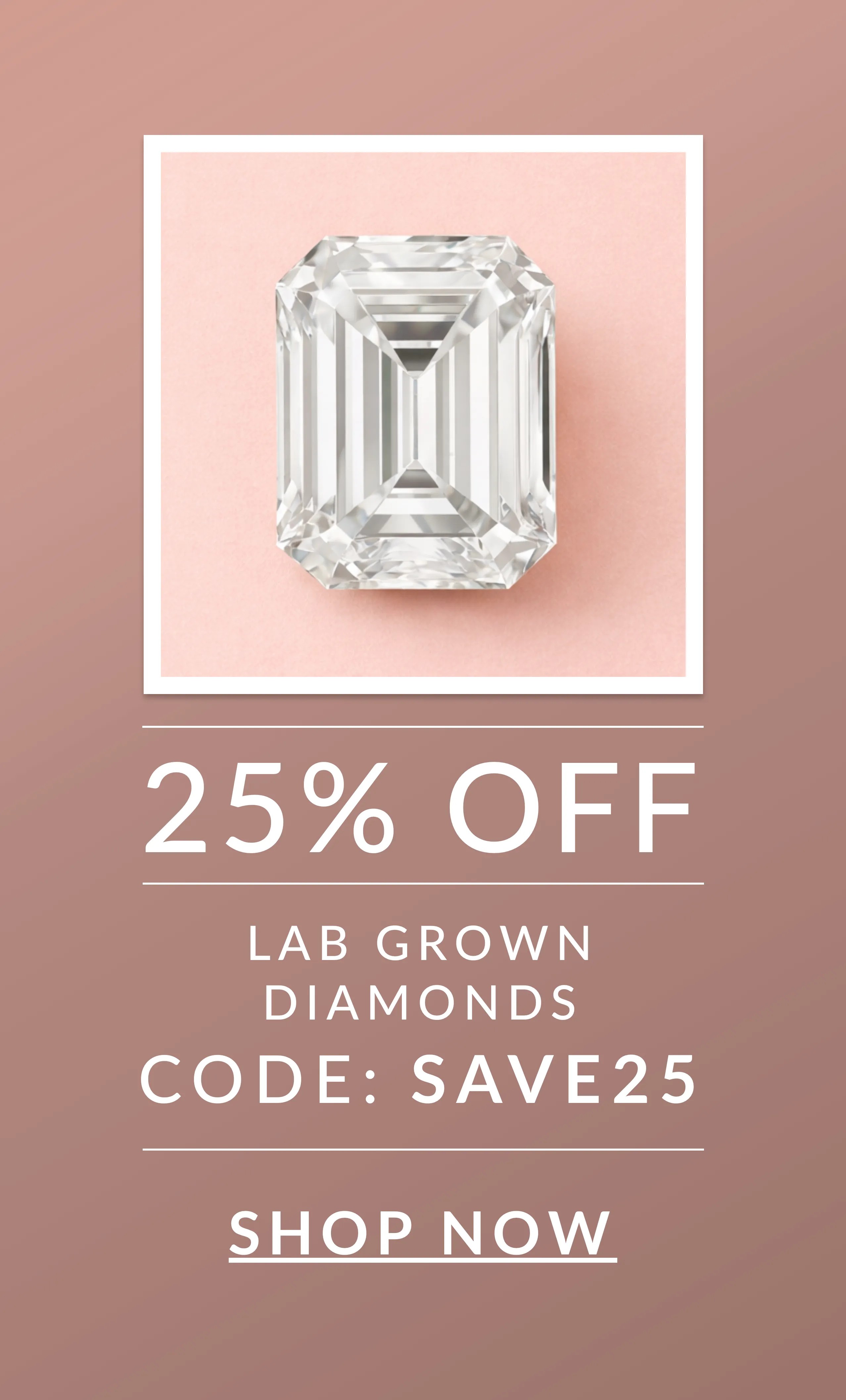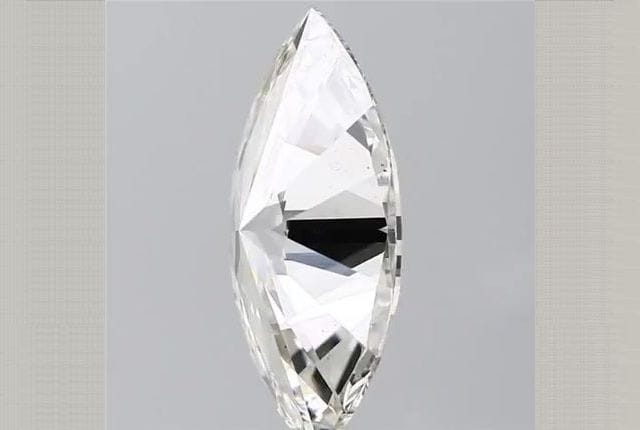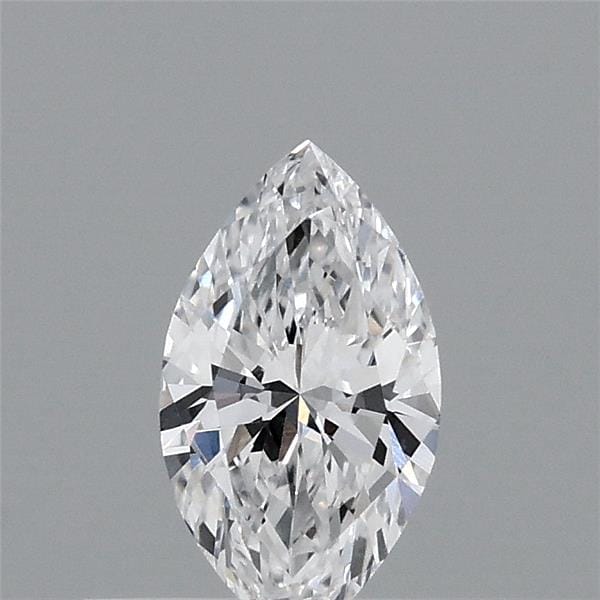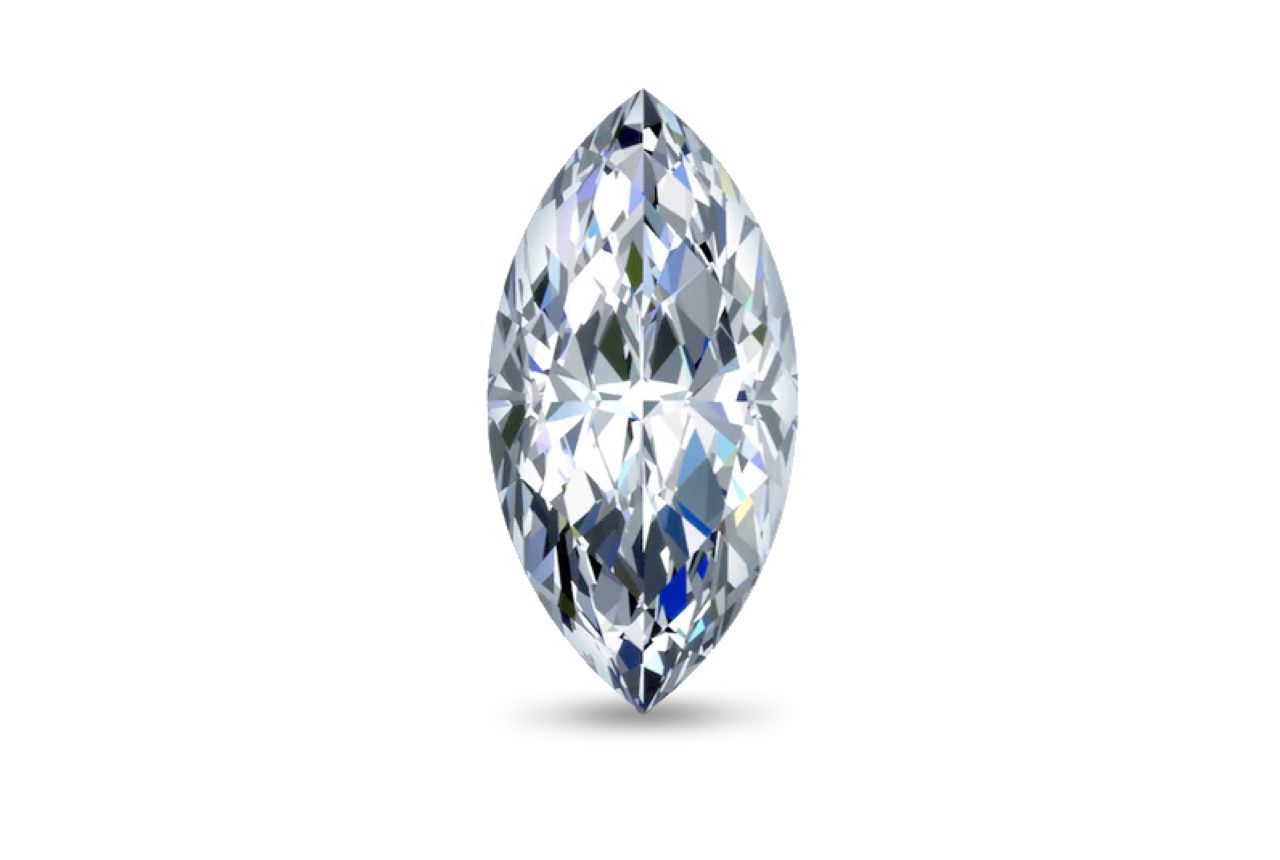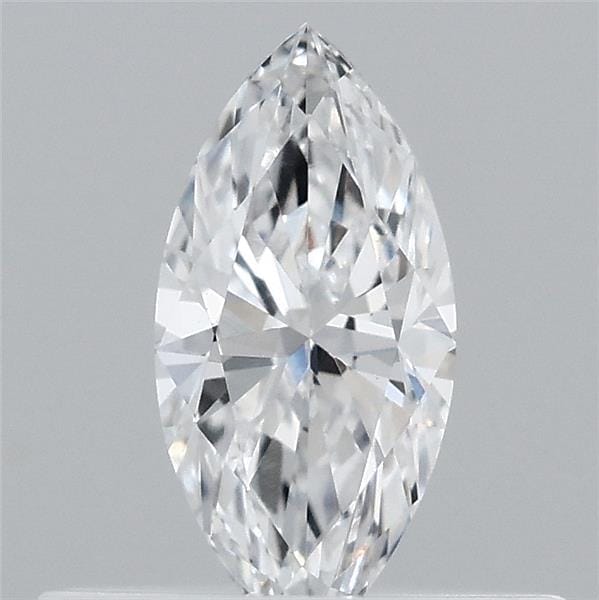Marquise Cut Lab Grown Diamonds
Sleek and elegant, a marquise-cut diamond is the perfect choice if you want to go a notch higher than the traditional oval-cut diamond. Its elongated shape and pointed ends make it extraordinary in every way.
Lab diamonds are made using two processes, HPHT and CVD. Both mimic the natural process of earth diamonds. LEARN ABOUT LAB DIAMONDS
Send me a report
Send me a report
Send me a report
Send me a report
Send me a report
Send me a report
Send me a report
Send me a report
Send me a report
Send me a report
Send me a report
Send me a report
Send me a report
Send me a report
Send me a report
Send me a report
Send me a report
Send me a report
Send me a report
Send me a report
Send me a report
Send me a report
Send me a report
Send me a report
Send me a report
Send me a report
Send me a report
Sleek and elegant, a marquise-cut diamond is the perfect choice if you want to go a notch higher than the traditional oval-cut diamond. Its elongated shape and pointed ends make it extraordinary in every way.
Experience Standout Quality With Ritani
At Ritani, every diamond piece is crafted with meticulous attention to detail. Our goal is to provide radiant gemstones that brighten your day whenever you wear them. Experience Ritani and enjoy:
- Impeccable design and quality: We deliver the best value for your investment with stunning marquise-cut lab-grown diamond pieces handcrafted by experts. We work with the industry's finest craftspeople to create timeless, elegant pieces that match your style.
- Honest pricing: We're committed to providing transparent pricing on all lab-grown diamond pieces. We provide a full breakdown of the costs so you know exactly what you're paying for.
- In-person previews: Get expert guidance from a diamond expert with a free in-person preview. Inspect your lab-grown marquise diamond ring from all angles and ensure you're getting a piece you love.
Wear Your Personality With Custom Jewelry
Elevate your daily style with a pear-cut lab-grown diamond piece that reflects your personality. Shop lab-grown diamonds online or contact us to discuss your design specifications.
Shop by Carat Weight
- 0.25 Carat Marquise Cut Lab Grown Diamond
- 0.5 Carat Marquise Cut Lab Grown Diamond
- 0.75 Carat Marquise Cut Lab Grown Diamond
- 1 Carat Marquise Cut Lab Grown Diamond
- 1.25 Carat Marquise Cut Lab Grown Diamond
- 1.5 Carat Marquise Cut Lab Grown Diamond
- 1.75 Carat Marquise Cut Lab Grown Diamond
- 2 Carat Marquise Cut Lab Grown Diamond
- 2.5 Carat Marquise Cut Lab Grown Diamond
- 3 Carat Marquise Cut Lab Grown Diamond
Shop by Shape
Shop by Color
Frequently Asked Questions
How much does a marquise-cut lab-grown diamond cost?
A marquise-cut lab-grown diamond can cost anywhere between $240 and $18,000 depending on the 4 cs. The median price for a lab-grown marquise-cut diamond is $1,500.
What is a marquise cut lab-grown diamond?
A marquise cut lab-grown diamond features an elongated shape with pointed ends, resembling the hull of a boat. This cut is known for its ability to maximize carat weight, making the diamond appear larger than other shapes of the same weight. Lab-grown marquise diamonds are created in controlled environments, replicating the natural conditions under which diamonds develop, offering both beauty and sustainability.
How do I select a high-quality marquise cut lab-grown diamond?
When selecting a marquise cut lab-grown diamond, consider the 4 Cs: Cut, Color, Clarity, and Carat. The symmetry of the cut is crucial; both ends should align perfectly, and the sides should be symmetrical. The length-to-width ratio is also important for aesthetic appeal, with a classic marquise ratio being between 1.85 and 2.10.
What makes the marquise cut special compared to other diamond shapes?
The marquise cut is renowned for its ability to elongate the finger of the wearer, offering an elegant and sophisticated appearance. Its unique shape also maximizes the perceived size of the diamond, providing a larger surface area compared to other cuts of the same carat weight. This shape has a rich history and is often associated with royalty and luxury.
Are there specific settings recommended for marquise cut lab-grown diamonds?
Marquise cut diamonds are versatile and can be set in a variety of ring settings. However, due to their pointed ends, it's advisable to choose a setting that protects these vulnerable areas from chipping or damage. Settings with V-shaped prongs at the ends are ideal. Bezel settings or halo settings can also provide additional protection and enhance the diamond's appearance.
How should I care for my marquise-cut lab-grown diamond?
Caring for a marquise cut lab-grown diamond involves regular cleaning with a soft brush and mild soap solution to maintain its brilliance. It's also recommended to have it inspected by a professional jeweler periodically to ensure the security of the setting. Avoid exposing the diamond to harsh chemicals or physical impacts that could damage it.
Can marquise-cut lab-grown diamonds be used in custom jewelry designs?
Absolutely! Marquise cut lab-grown diamonds are an excellent choice for custom jewelry designs due to their distinctive shape and impressive appearance. For example, 3-carat marquise diamond rings can be accented by smaller stones along the sides to enhance its brilliance even more. Whether you're considering a marquise engagement ring, a pendant, or earrings, a marquise-cut diamond can add a touch of elegance and uniqueness to your custom piece.
